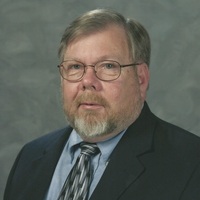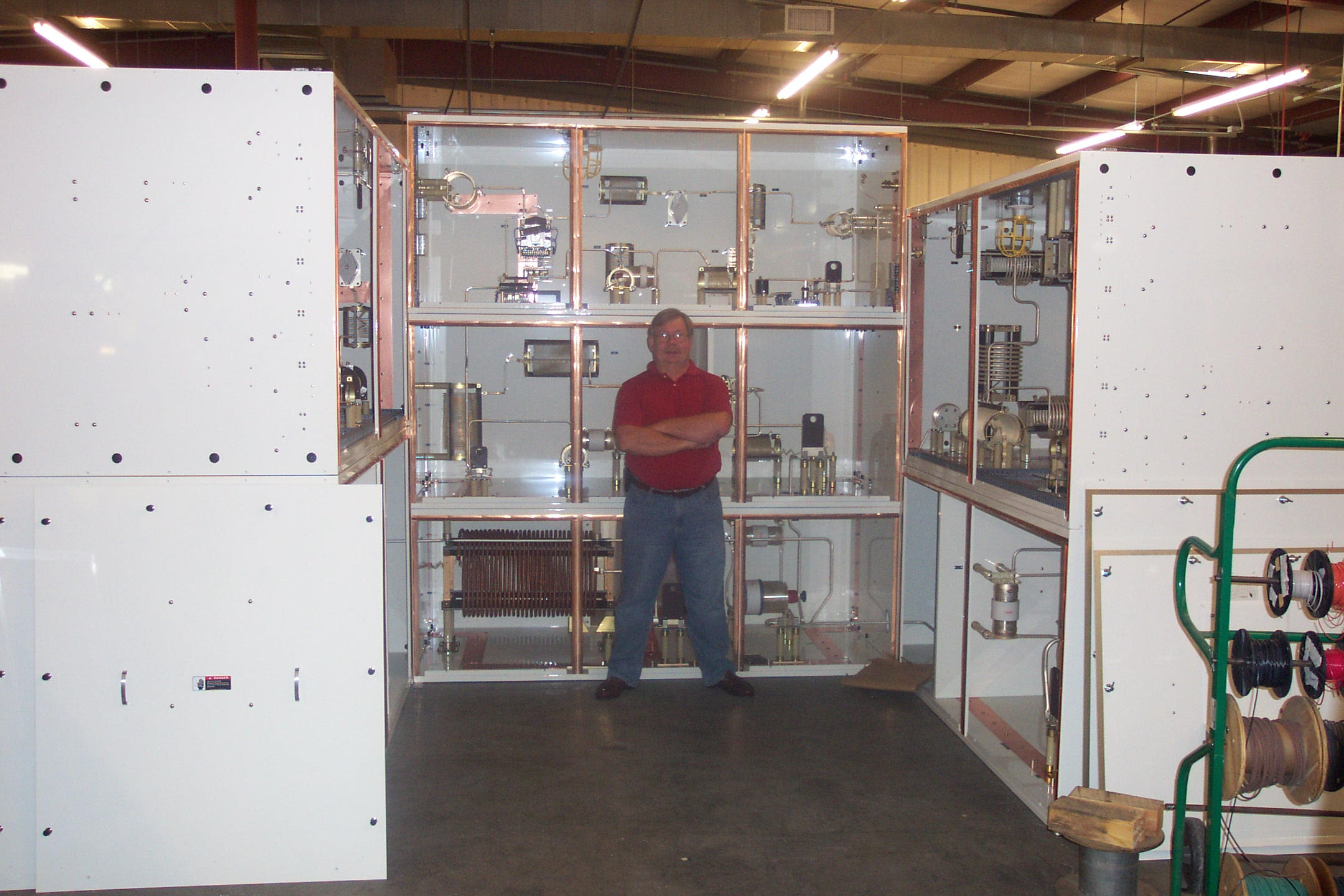 This story has been updated with additional comments from colleagues.
This story has been updated with additional comments from colleagues.
Retired broadcast engineer John Warner died Friday at age 73.
The cause of death was not announced. His daughter told Radio World that it was not related to COVID.
Warner was known widely as an expert in AM radio engineering for his work with companies like Jacor Communications and Clear Channel Communications, later called iHeartMedia.
In 2010, when he was vice president of engineering for Clear Channel, Radio World wrote: “When it comes to AM radio stations in the United States, perhaps no engineer has quite the number of sites to worry about as does John Warner.” Clear Channel’s AM properties typically numbered 250 to 300 at that time. He later held the title of vice president of AM transmission for iHeartMedia.
Jeff Littlejohn, executive vice president, engineering and systems for iHeartMedia Technology Operations, said this weekend, “He was truly respected for his knowledge of AM, not only from the iHeart engineering staff, but also from the consulting engineering community at large. I never saw a problem that John could not beat. John loved to teach others about his craft, so any engineer that was eager to learn would have John as a willing teacher.”
Early start
Warner became interested in radio as early as age 8 or 9, he told Radio World’s Michael LeClair in 2010.
“I owned a crystal set when I was young. My father was interested in radios, and I built a small radio as a scouting project. My mother actually taught me to solder. During World War II, she worked at Bendix Radio in Baltimore, which manufactured aircraft and tank radios for the war.”
Warner lived on a farm as a child and became interested in antennas so that he could pick up different kinds of radio signals.
[Read Radio World’s 2010 profile of John Warner.]
“I used to listen to all the European broadcasters via shortwave, and I experimented with long-wire and curtain array antennas. My father encouraged my interest in radio, and for one of my birthdays he gave me a telephone pole, which he then helped me to put in the ground to use as a tower that I could use to make experiments.”
He attended the University of Maryland for two years in 1966 and 1967 and studied defense electronics and electrical engineering. He did not obtain a formal degree because his family did not have enough money to let him complete college, but he later went back to school and took further engineering courses at Johns Hopkins.
His first job in radio was at station WBAL in Baltimore in 1979, a 50 kW clear-channel AM station on 1090 kHz with a high-power directional array.
Warner credited veteran engineer Harrison Brooks, who had just retired at that time, with teaching him a lot of the history of WBAL and about broadcasting in the Baltimore area.
He also credited Ron Rackley, whom he met in 1986, with influencing his career. “We were installing a new Continental 317C at WBAL, and to improve the stability of the array, we also replaced the sample system at the same time and did a full proof. Ron and I struck up an immediate friendship while working on that project and we’ve stayed in touch ever since.”

Rackley gave Warner his first copy of the MiniNEC code, used to model the behavior of antennas. “In those days it ran on an 8086 class computer, and it would take hours to do a tower model. I remember that you could start a model in the morning and let the computer run all day while working, and come back to find that it had just finished around 5 p.m.,” he told Radio World in that 2020 article.
Warner came to Clear Channel when Jacor was acquired in 1999. Among his duties, he was responsible for overseeing the design and construction of new AM facilities and the maintenance and refurbishing of existing AM stations.
During his career, among other activities, Warner spoke at the NAB Show’s AM Boot Camp and was a member of the Association of Federal Communications Consulting Engineers.
Colleagues remember
Ben Dawson of Hatfield & Dawson Consulting Engineers said, “I first met John when he was the transmitter supervisor for WBAL, where he demonstrated his skill in the maintenance in proper operation of an iconic broadcasting station with a tight directional pattern.
“Later, when he worked for Randy Michaels [at Jacor] and later in the Clear Channel days, I got to work with John on a variety of interesting projects, and always marveled at his skill and practical knowledge as well as his understanding of the basic physics of antenna operation. And working with him was a pleasure — his sense of humor, his appreciation for economy of effort, his stories about farming (and I am a farmer too) made knowing him a great privilege and pleasure.”
Tom King, chairman of Kintronic Labs, said, “John worked with our engineer, Bobby Cox, on a regular basis over the course of his broadcast career. John was like family to us. He would often come to our office to discuss AM projects that he had going on with Clear Channel-Jacor-iHeartMedia to address installation details.”
They described Warner as a thorough project engineer who successfully planned and implemented every AM station project in which he was involved in most of the 50 United States. “He loved implementing AM radio projects from start to finish, and he was a great educator, who helped train other broadcast engineers that are still serving the industry today.”
“He thoroughly enjoyed his work and it gave him great purpose in life,” daughter Jenn told RW Sunday. “He loved imparting his wisdom and experience with others and formed friendships with others in the business through collaboration.”
Warner also enjoyed traveling, photography, gardening, amateur radio and spending time with his grandchildren.
According to his obituary, his wife Lynne Hartwell Warner passed away in 2013.
Funeral services and interment are private.







